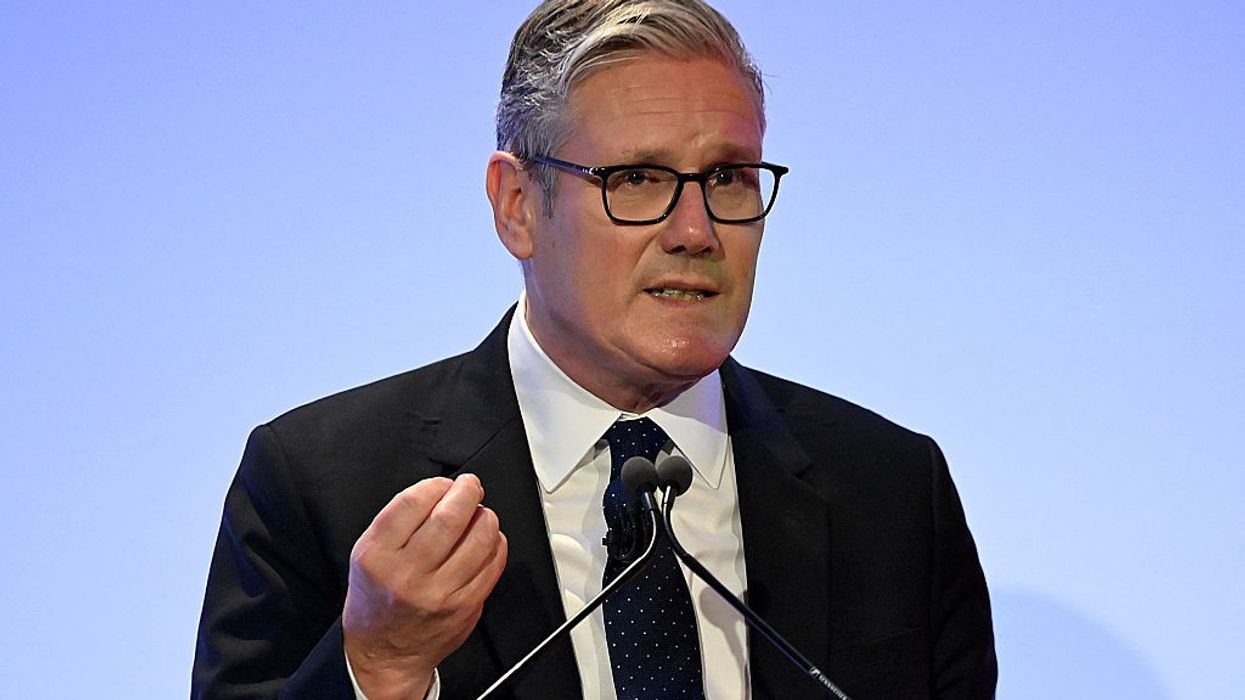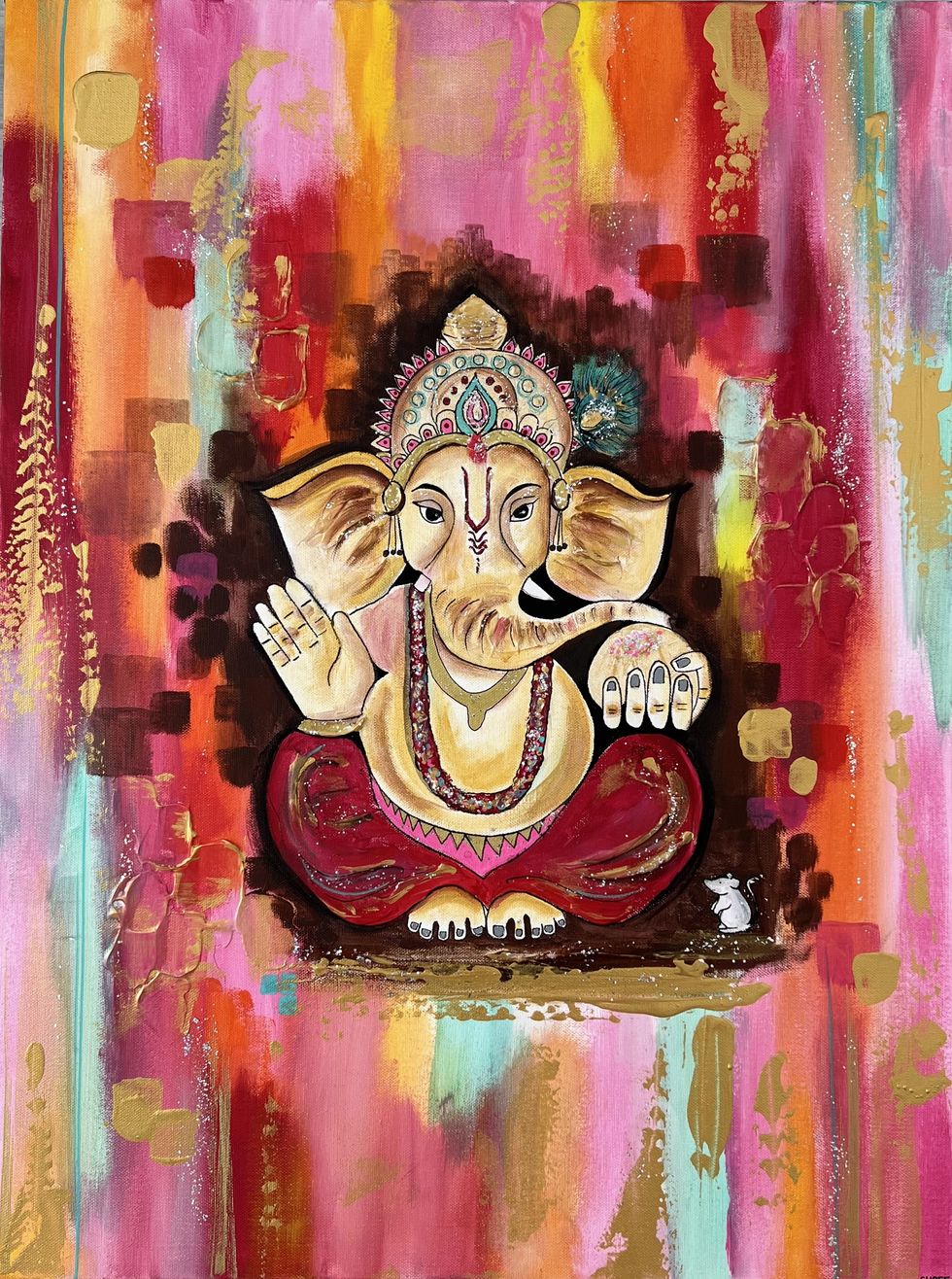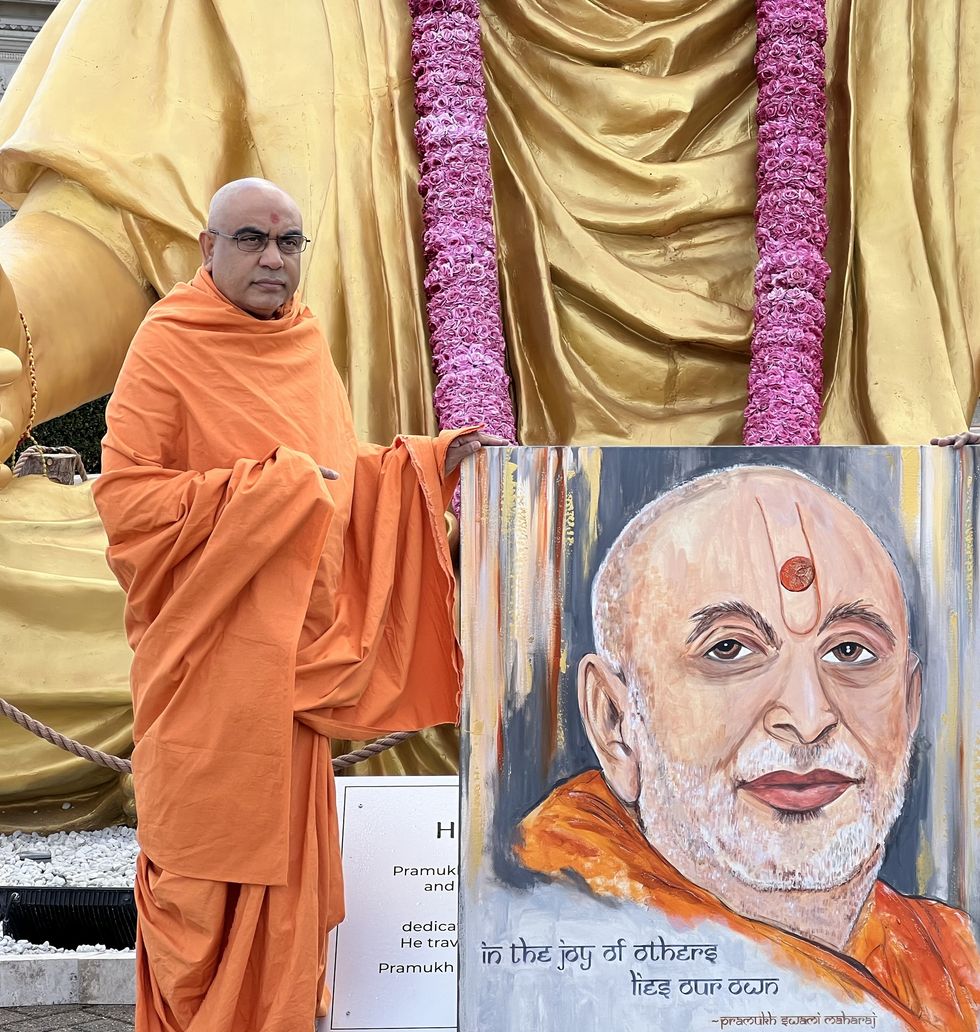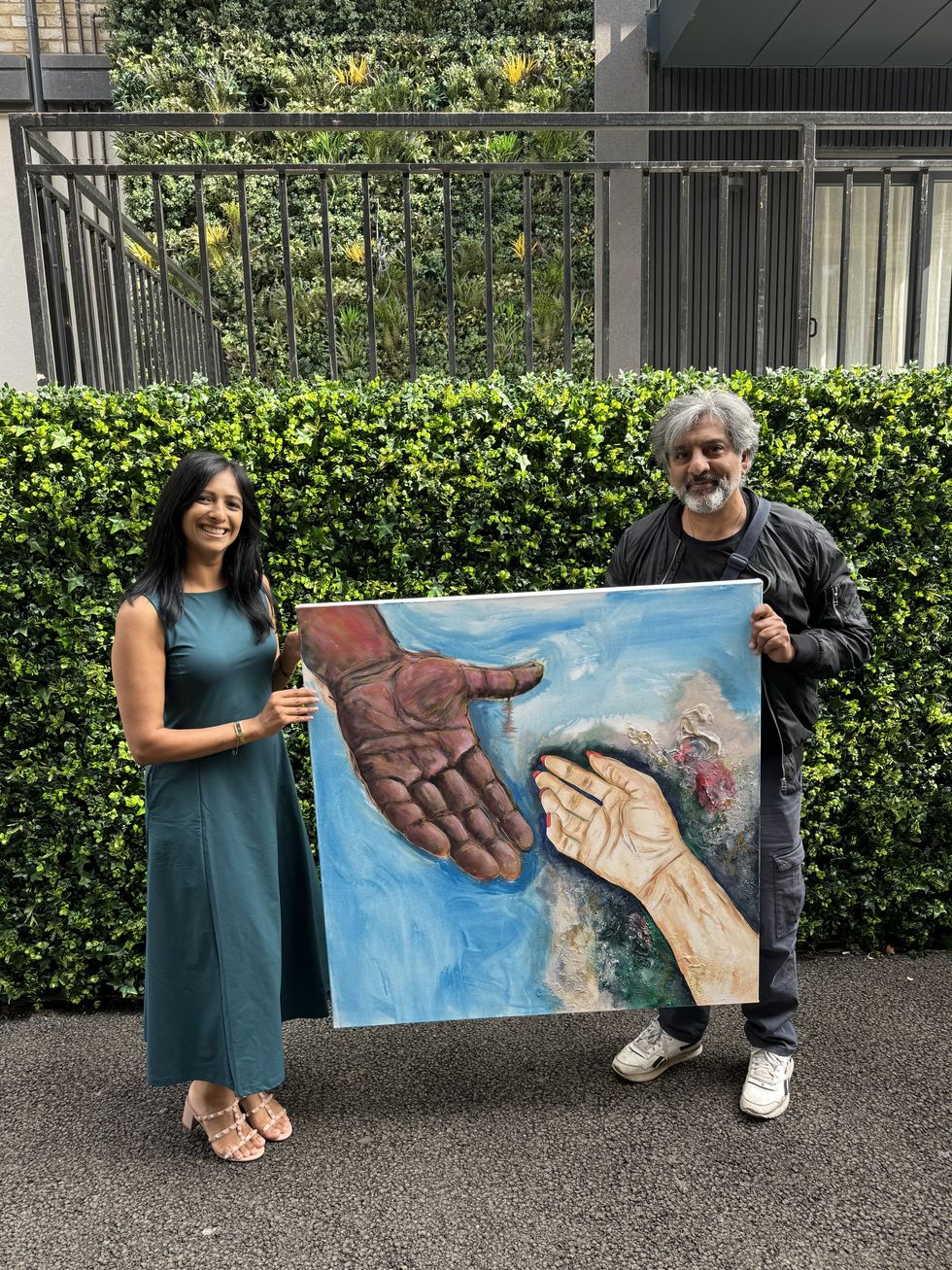THE global diamond sector is scrambling to get ahead of an upcoming G7 ban on Russian gems, with consumers and producers battling to manage ever more complex supply chains against a backdrop of sluggish demand.
Direct sales of Russian gems have already been crushed by US sanctions on Russia's state diamond miner Alrosa and the G7 is now thrashing out details of a further ban on indirect sales in its member countries, expected imminently.
Producers said Western customers have been shunning gemstones from Russia, the world's biggest producer of rough diamonds by volume with 30 per cent of the market.
Demand for diamond jewellery is already suffering in the US, home to 55 per cent of global demand, due to high interest rates, a muted post-pandemic recovery in China, and competition from lab-grown diamonds.
India - cutter and polisher of 90 per cent of the world's rough diamonds - asked global miners in September to stop selling it rough gems for two months to manage accumulated stocks. That means stocks at diamond miners will grow.
"At some point these stocks will have to come onto the market," Richard Chetwode, a diamond industry consultant said.
The proposed G7 ban now risks further complicating supply chains, at a point when demand is already under heavy pressure.
With various proposals under consideration, the industry is currently debating how a diamond's country of origin should be checked, where it should be done, and what sizes of stones, rough or polished, should be part of the rule.
"It's all about the breadth and interconnection intricacies of the supply chain that makes this technically difficult," diamond analyst Paul Zimnisky said.
"The diamond trade spans many countries, with many different cultures, religions and levels of economic development."
Tiffany, part of French luxury group LVMH, said in March last year it had stopped sourcing rough diamonds from Russia.
Labels of Swiss-based luxury group Richemont, including Van Cleef & Arpels, went further, sending executives to visit suppliers in India and hiring an external auditor to look at gemstone flow in the supply chain.
De Beers, the world's largest rough diamond producer by value, said in a recent report that while global diamond jewellery demand would hold above pre-pandemic levels in 2023, the economic landscape was difficult.
"Elevated inflation and higher interest rates continue to affect consumer confidence and discretionary spending in some of the major diamond consuming countries, including the US and Europe," it said.
According to Richard Chetwode, "retail in China has been hit badly, and the US retailers are already stocked to the gills ahead of the Christmas season".
"There are literally no buyers" of rough diamonds now, he said.
(Reuters)
G7 plan to ban Russian diamonds may complicate supply chains
India asked global miners in September to stop selling it rough gems for two months to manage accumulated stocks
















 Prabhas in a still from Kalki 2898 AD which completed one yeargetty images
Prabhas in a still from Kalki 2898 AD which completed one yeargetty images Kalki 2898 AD became one of the top three biggest openers in Indian cinemagetty images
Kalki 2898 AD became one of the top three biggest openers in Indian cinemagetty images Kalki 2898 AD brought together sci-fi and mythology in a first-of-its-kind Indian filmgetty images
Kalki 2898 AD brought together sci-fi and mythology in a first-of-its-kind Indian filmgetty images Prabhas plays the futuristic warrior Bhairava in Kalki 2898 AD getty images
Prabhas plays the futuristic warrior Bhairava in Kalki 2898 AD getty images Prabhas in action during a high-intensity sequence from Kalki 2898 ADgetty images
Prabhas in action during a high-intensity sequence from Kalki 2898 ADgetty images
 Kulsuma Aktergetty images
Kulsuma Aktergetty images
 Shreena Patel
Shreena Patel
 Shreena Patel's work
Shreena Patel's work Shreena Patel's work
Shreena Patel's work

 Shreena Patel's work
Shreena Patel's work Shreena Patel's work
Shreena Patel's work